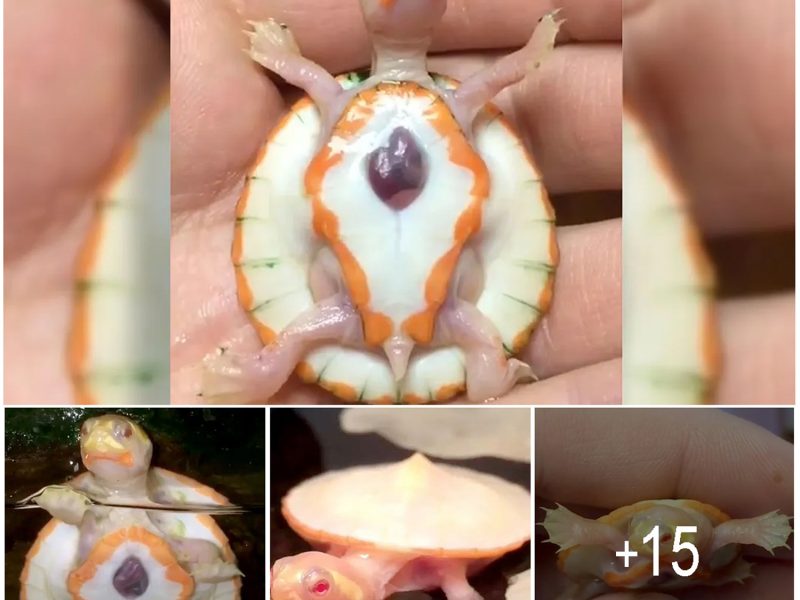An Ecuadorian hillstar (Oreotrochilus chimborazo) of the Trochilidae family, genus oreotrochilus is a species of hummingbirds with two subspecies that is found in the higher altitudes of the Andes in South America. These hummingbirds are found in extremely high altitudes ranging between 11,500-17,100 ft (3500-2500 m). They are also known by some other common names like Violet-hooded hillstar and Chimborazo hillstar. The distribution of the species depends on the distribution of the subspecies of the Ecuadorian hillstar. The subspecies Oreotrochilus chimborazo jamesonii is native subspecies of southern Colombia and northern parts of Ecuador. Another subspecies called the Oreotrochilus chimborazo chimborazo are only restricted to central Ecuador. This subspecies inhabits the Mt. Chimborazo of Ecuador. The subspecies Oreotrochilus chimborazo chimborazo are named after their place of origin.
Due to severe weather conditions and freezing cold, large nests are built generally in enclosed cozy places like caves, gully, or steep ravine walls. The birds build their breeding nests in closely packed large colonies using dry grass, moss, feather, root, fur to keep them warm. At night, they do not leave their cozy nests in caves or crevices to keep them warm in the low night temperatures. To know more interesting facts about the Ecuadorian hillstar, keep on reading these amazing facts.
Ecuadorian Hillstar Interesting Facts
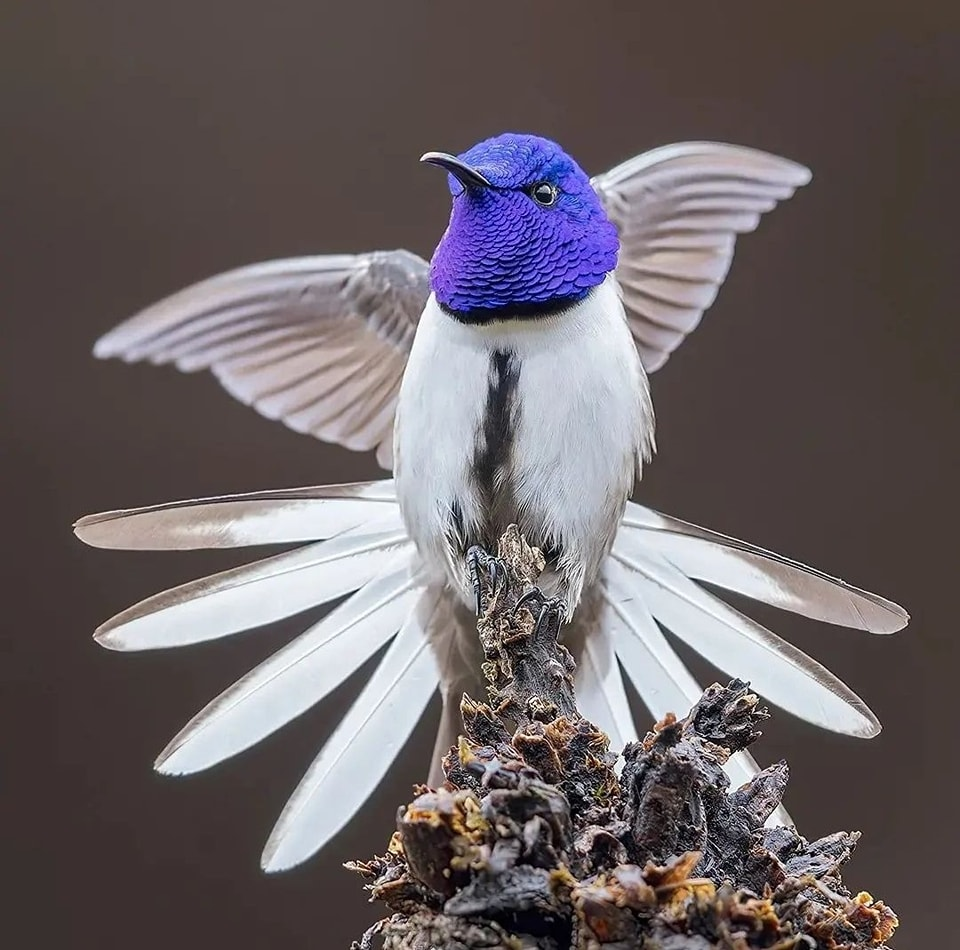
What Type Of Animal Is An Ecuadorian Hillstar?

An Ecuadorian hillstar (Oreotrochilus chimborazo) of the Trochilidae family is a type of bird.
What Class Of Animal Does An Ecuadorian Hillstar Belong To?

The Ecuadorian hillstar (Oreotrochilus chimborazo) of Apodiformes order, Trochilidae family, genus oreotrochilus belong to the class Aves, the common class for all birds.
How Many Ecuadorian Hillstars Are There In The World?
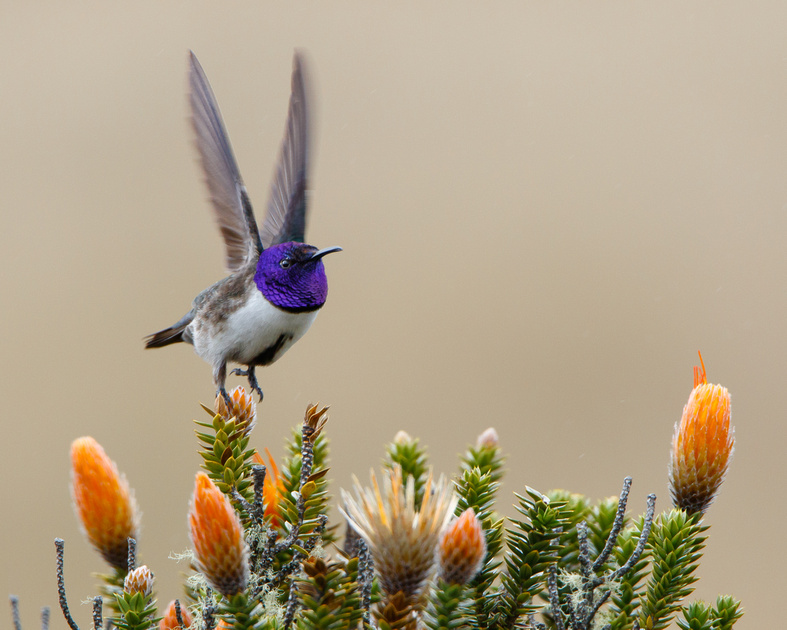
The global population of the subspecies of Ecuadorian hillstars has not been quantified yet. The birds are observed commonly throughout their range. However, in lower altitudes, their distribution becomes a bit patchy. The bird species probably does not face any substantial threat across its range. Therefore their population is currently considered to be stable without any proof of declines.
Where Does An Ecuadorian Hillstar Live?
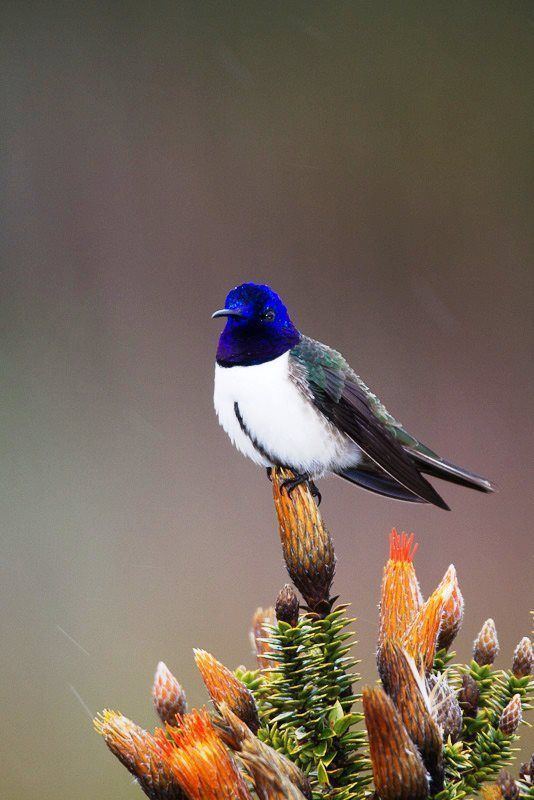
The Ecuadorian hillstar hummingbirds are a native species of South America. The Ecuadorian hillstar range map extends from the higher altitudes of the Andes in Ecuador up to the extreme southern corridor in Colombia. They are also found in the southern parts of Colombia.
What Is An Ecuadorian Hillstar’s Habitat?
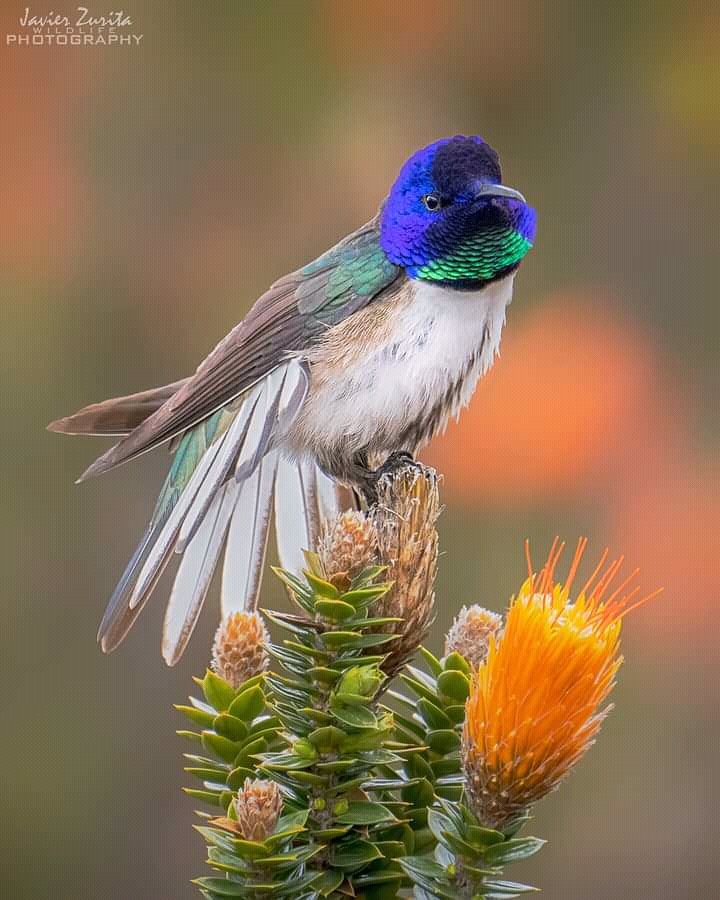
They inhabit elevated vegetative lands of mountains ranging up to the snowline levels. They are found at heights ranging between 11,500-17,100 ft (3500-5200 m). The birds prefer to live in grassland habitats including trees with stunted growth and shrubs. Some birds of the species are also distributed in the humid forests of the rocky mountain slopes. These adaptive birds are capable of living in man-made artificial structures as well. They are often found in burnt pastures and destroyed vegetation.
Who Do Ecuadorian Hillstars Live With?
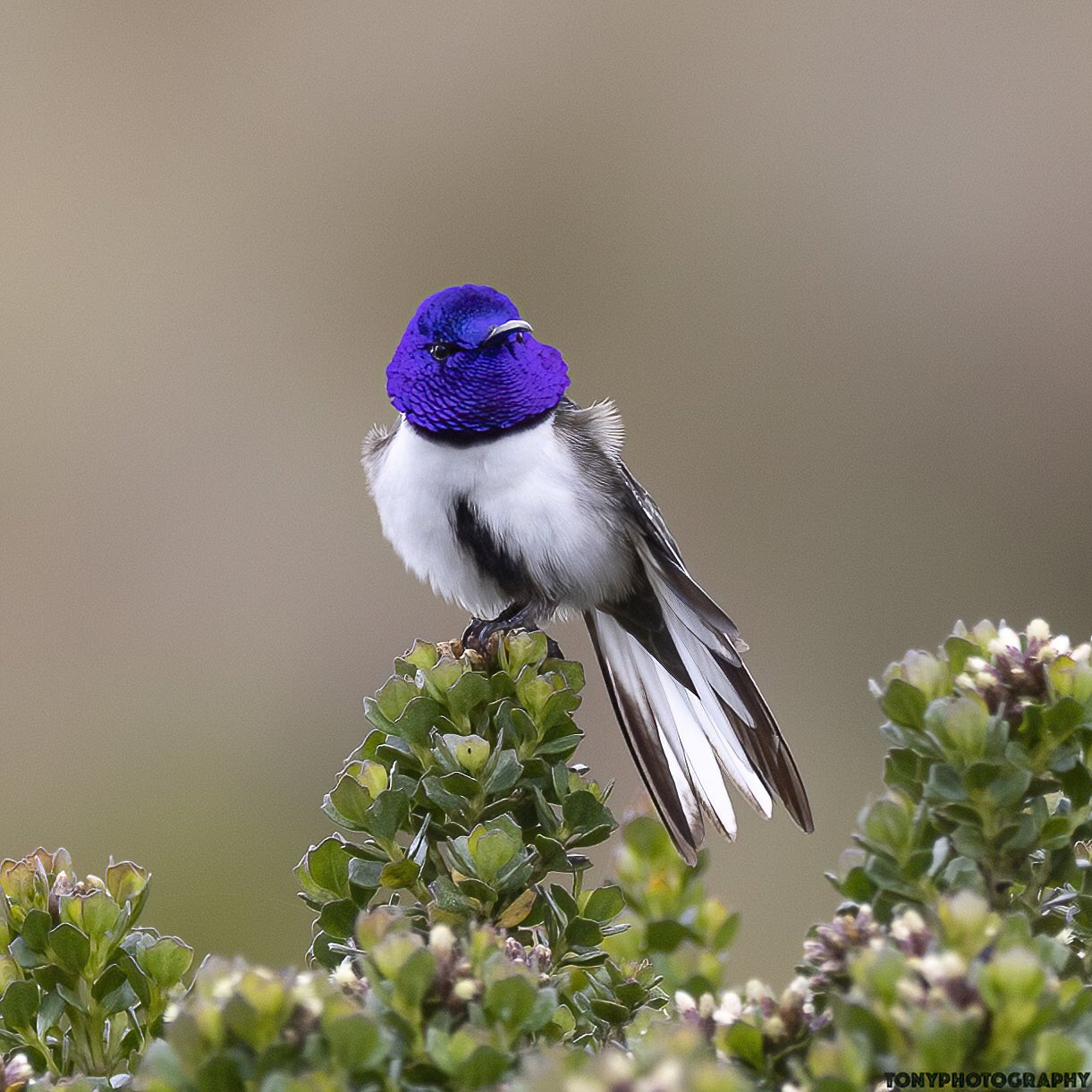
Ecuadorian hillstars are found at high altitudes of the Andes and Colombia. These birds build their nests in enclosed places to keep them warm however, it was observed that nests are build in close proximity to each other.
How Long Does An Ecuadorian Hillstar Live?
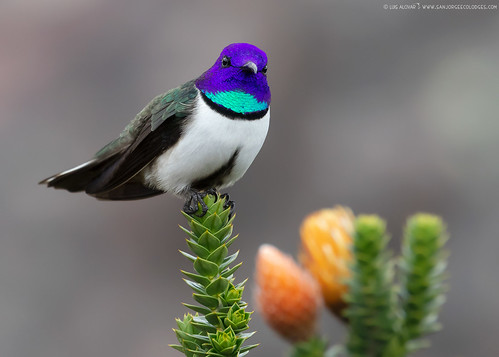
The lifespan of an Ecuadorian hillstar hummingbird is unknown. However, a hummingbird can generally live up to three to five years of age in the wild.
How Do They Reproduce?
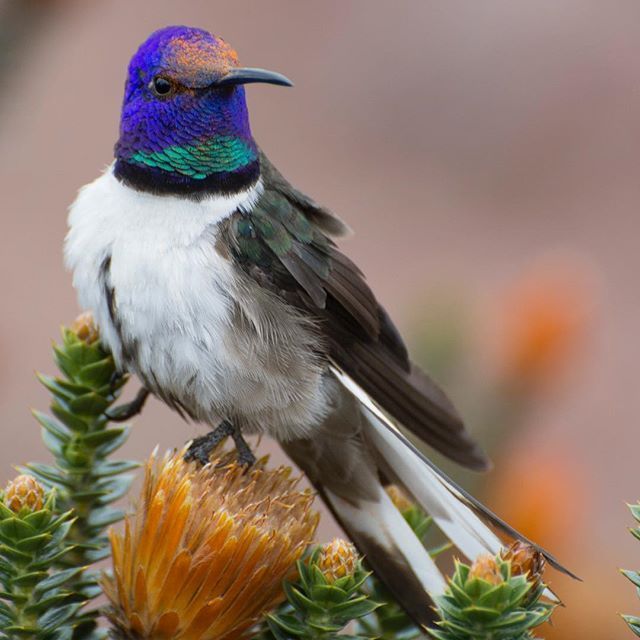
The breeding season of the Ecuadorian hillstar is assumed to last throughout the year since nests are found year-round. However, the peak breeding season lasts from October to February. The hummingbirds produce ultrasonic sounds waves to attract their partners. The male bird produces ultrasonic sounds that only another bird of the same kind can register. The male bird produces the breeding calls by inflating its throat so that the iridescent purple feathers of the birds are perfectly visible. If the female is interested to breed, it joins the male in a courtship display. Otherwise, they chase away males. After breeding, the female produces two eggs in a single clutch which hatch after a long incubation period. Incubation is generally done by females. Males do not participate in parental care or feeding the chicks.
What Is Their Conservation Status?

The Ecuadorian hillstar (Oreotrochilus chimborazo) is listed as a species of Least Concern in the Red List published by the International Union for Conservation of Nature or the IUCN. Although the species have a restricted range in the higher altitudes of the Andes in Ecuador and parts of Colombia including southern Colombia they still do not qualify as vulnerable species under the size of range criteria. The bird species also has a fairly stable distribution across its range therefore it does not approach the threshold of endangered species. Their natural habitat is no subjected to a high level of degradation.
Ecuadorian Hillstar Fun Facts
What Do Ecuadorian Hillstars Look Like?
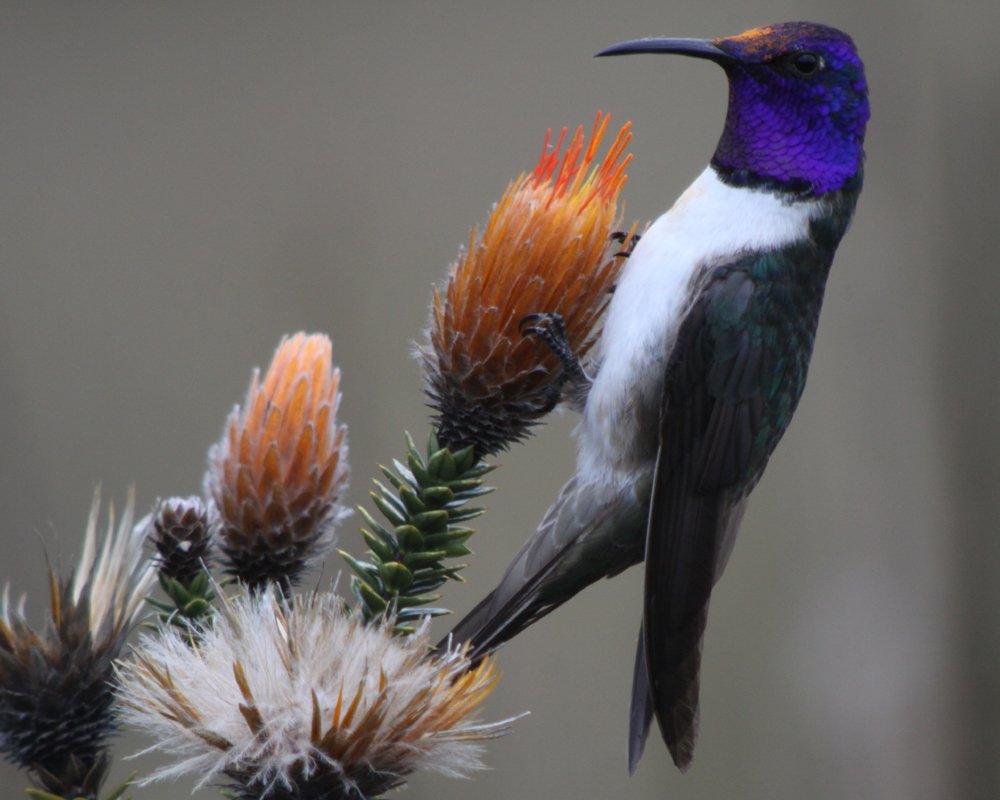
The Ecuadorian hillstar hummingbird is a spectacular hummingbird that is found in the mountainous regions of Ecuador and Colombia. They look different from other hummingbird species. The upper parts of a male bird are olive green in color. The head has a shimmery violet-purple crown bordered by a thin black stripe around the chest. The rump and the lower breast portion are covered with white feathers. Females differ from males in terms of plumage color. They have pale green upper parts and shiny green lower parts.
How Cute Are They?
These are some of the spectacular hummingbirds. This furry and colorful bird appears cute to humans.
How Do They Communicate?
An Ecuadorian hillstar (Oreotrochilus chimborazo) communicates mainly by vocalizations. They make a melodious tsir and tseek call. The birds are also capable of producing ultrasonic sounds.
How Big Is An Ecuadorian Hillstar?
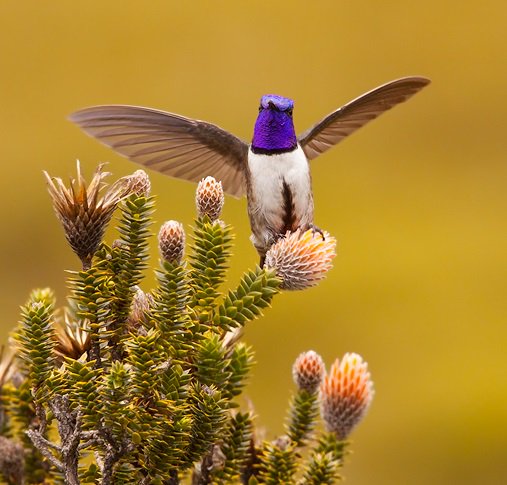
The average length of an Ecuadorian hillstar is 5 in (13 cm). They are larger than Anna’s hummingbirds by 1 in (2.54 cm).
How Fast Can An Ecuadorian Hillstar Fly?
Hummingbirds are generally fast-flying species of birds. However, the speed of Ecuadorian hillstar has not been determined.
How Much Does An Ecuadorian Hillstar Weigh?
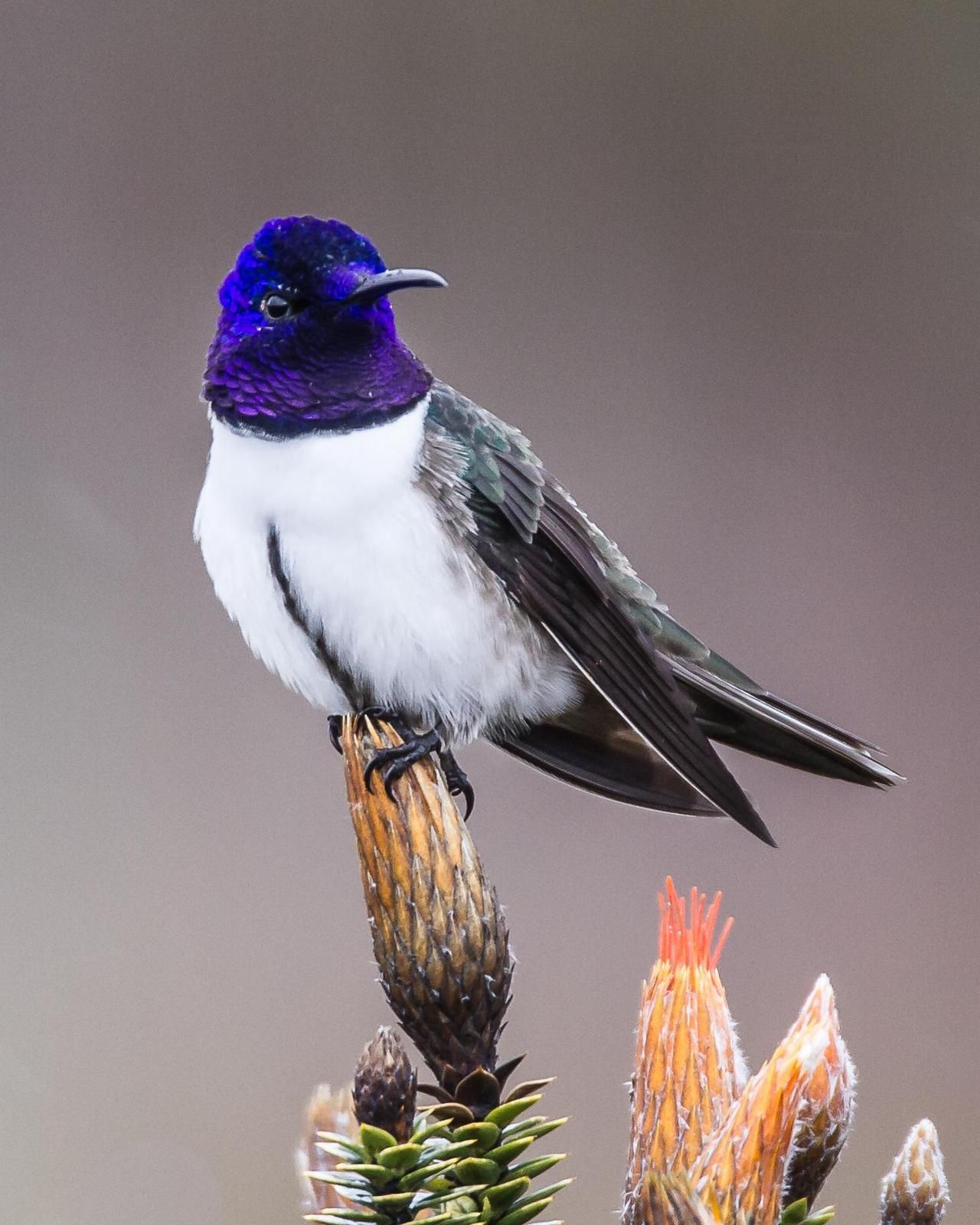
The average weight of an Ecuadorian hillstar is 0.3 oz (8 g).
What Are The Male And Female Names Of The Species?
Male and females of the Ecuadorian hillstar do not have any specific names. They are referred to as cock and hen respectively.
What Would You Call A Baby Ecuadorian Hillstar?
A baby Ecuadorian hillstar is called a chick.
What Do They Eat?
The Ecuadorian hillstar is omnivorous in nature, feeding on nectar and flowers. However, sometimes insects also act as their important food source, especially in winter.
Are They Dangerous?
No, they are not dangerous.
Would They Make A Good Pet?
No, these hummingbirds belong to the wild so they do not make good pets.
Did You Know…
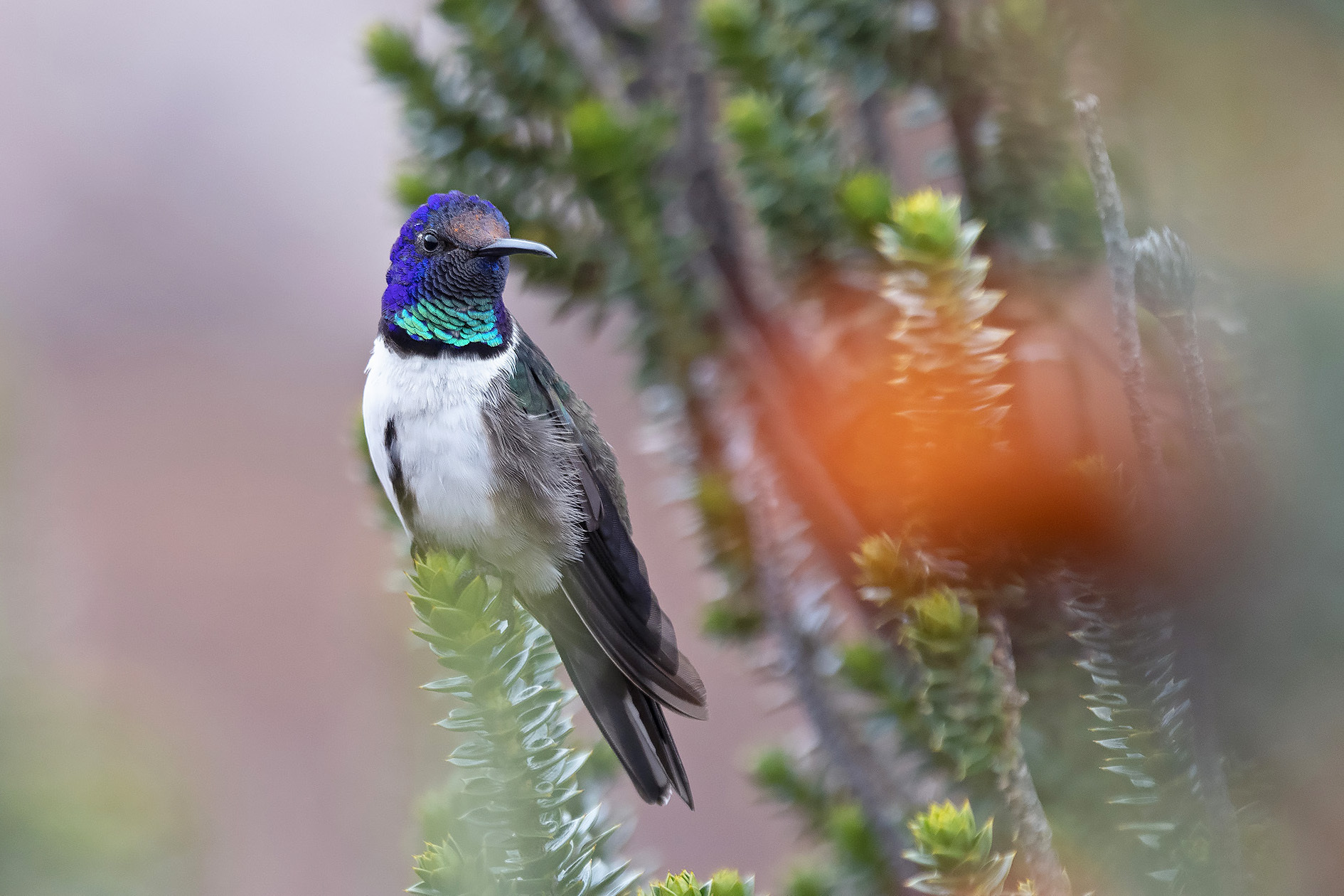
Unlike hovering and flying around their food source like other species of hummingbird, they forage by landing on the ground like mockingbirds.
What Is Special About Ecuadorian Hillstars?
The geographical range of the Ecuadorian hillstar makes them an extraordinary bird among all the hummingbirds. They are one of the highest altitudes birds that inhabit the Andes mountains along with the Andean condor and Andean flamingos of South America. Apart from that, they have a striking plumage which makes them one of the most unique hummingbirds.
Comparisons With Other Hillstars
The Ecuadorian hillstar is a mid-sized humming larger than the species of bee hummingbird. They are strong and hardy however not as hardy as the rufous hummingbird.
